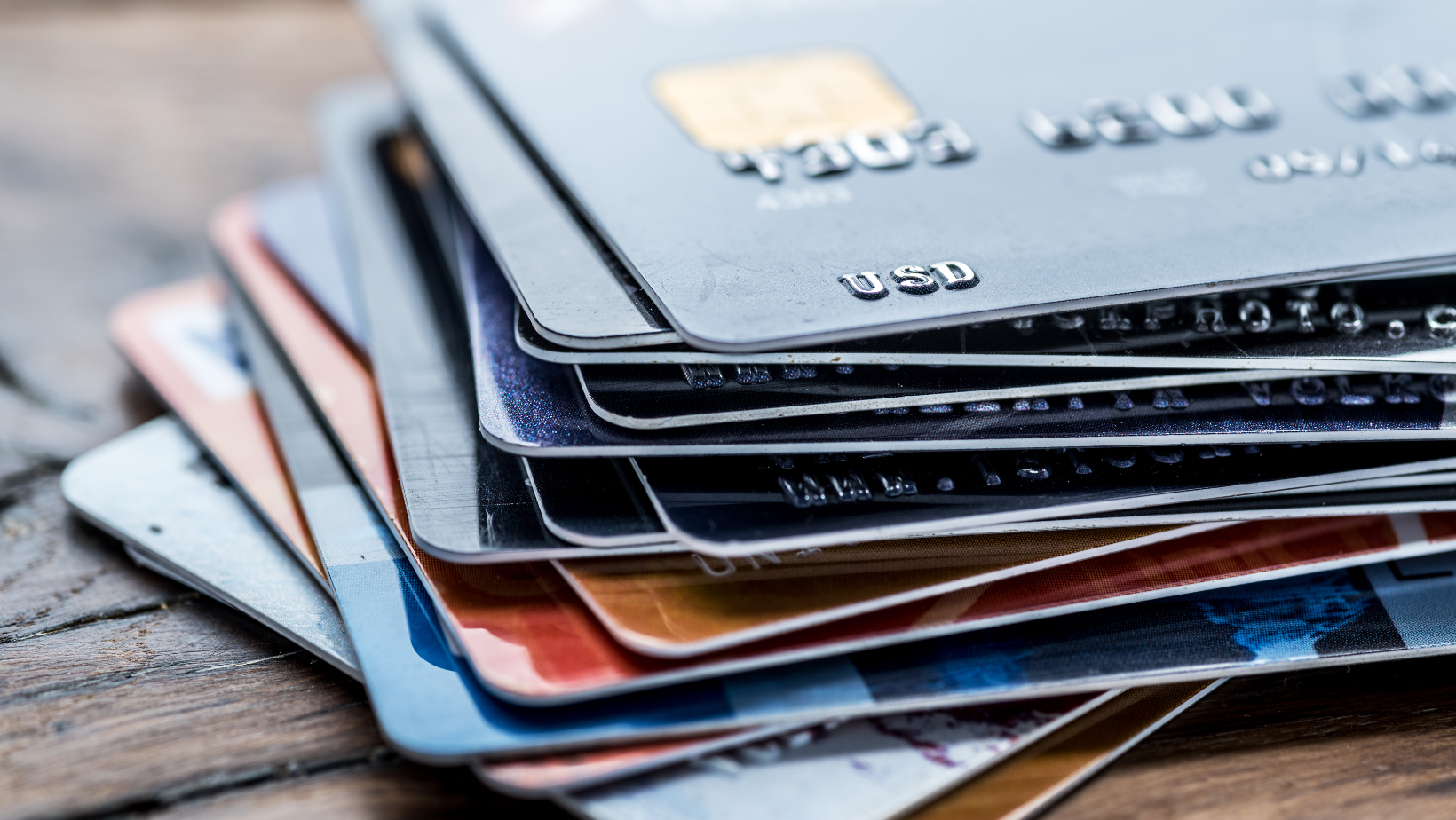Years ago, when American Express started printing their exclusive Black cards on metal, it was seen as prestigious and only available to the elite. The metal cards were sleek, heavy, and positioned as a status symbol. Today, metal is becoming a more popular substrate for credit cards, airline and hotel membership cards, professional ID cards, and even business cards. Businesses are also using metal employee ID cards that can be swiped to give staff access to buildings and/or restricted areas. And some companies are using metal business cards to help their employees stand out and be memorable in a crowded marketplace. Even though metal cards have become more mainstream, they still convey the feeling of sophistication and prestige.
Printing on stainless steel cards is becoming more common, but it’s a very detailed, multi-step process. Metal cards require primer, special inks, overlaminates, internal chips, and magnetic strips.
The key to success is to:
- Select the right inks. Marabu’s ultra-jet UV digital inks are ideal for printing on stainless steel. We offer a range of colors to customize metal cards per your clients’ specifications.
- Rely on a flatbed printer. Flatbed printers have been used for a variety of unique applications, including promotional products like pens and cylindrical cups. Printers should use flatbed printers to customize sheets of coated or uncoated stainless steel for credit cards, ID cards, business cards, etc. The cost of these printers ranges from $20,000-$50,000 depending on their size.
- Use primer. During the UV printing process, you’ll need to apply a primer before putting ink on the coated or non-coated metal. The primer readies the product so the ink will stick. In other words, the primer gives the metal surfaces an “energy” for inks to adhere properly to the substrate. Marabu’s P4 primer is commonly used for metal cards, and it also works well on acrylic and vinyl.
- Consider security. Printing businesses that produce credit cards must pay special attention to security. The cards need to be laminated, packed with chips, have magnetic strips, and be scannable and swipeable. Additionally, companies must ensure that any sensitive data cannot be compromised during the card printing or issuing process, and that the cards cannot be counterfeited. Manufacturers require that credit cards meet rigorous test requirements, which include security, durability, heat resistance, and other factors. Credit card companies—and their printers—develop proprietary internal methods to meet these best practice standards.
- Ensure durability. Follow the proper steps using the right type of printer, substrate, primer, and inks to maximize durability because these cards must endure heavy use. Since the cards will be held in people’s wallets or pockets and swiped often, using high-quality products—and following industry best practices—will help these cards look great for years. The substrate is durable—metal cards don’t crack, as plastic sometimes does—and they’re heavier and more resilient than plastic credit cards or paper business cards. By using the right inks, primer, and process, the customized design will be extremely durable, as well.
- Customize the cards. Metal cards can be produced with any design or logo. They can have any color background, with multi-colored designs. Some companies opt to use holograms to really stand out and catch people’s attention.
Printing companies would be wise to embrace the metal card trend, obtaining the right printers, primers, and inks to excel at customizing these sophisticated, exclusive cards.
Marabu provides exceptional inks for printing on metal cards—as well as for many other projects and substrates. For more information, please contact us. You can receive more printing tips here.




